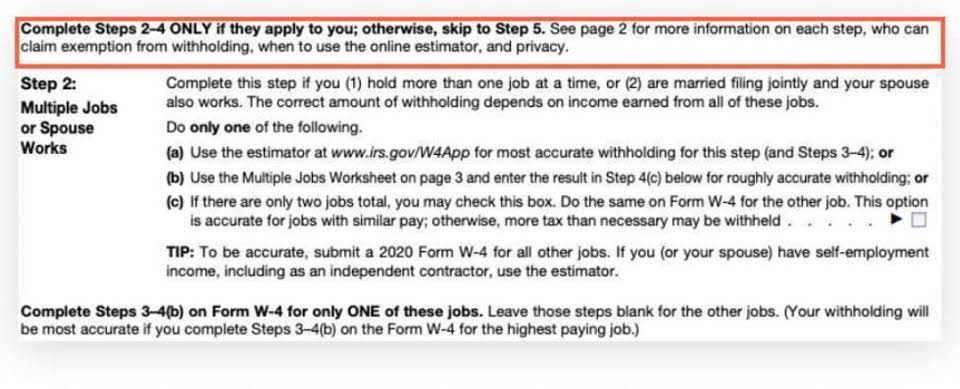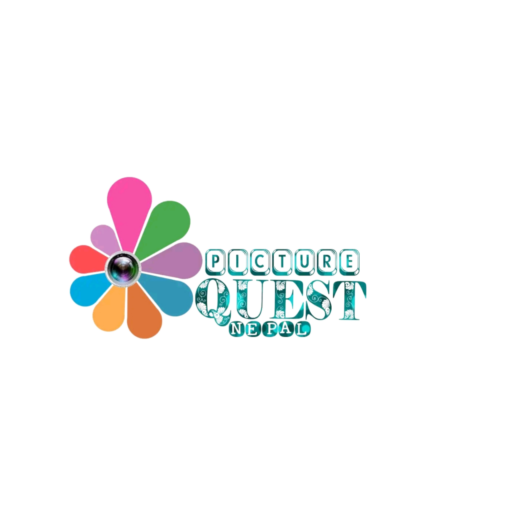
GAAP requires companies to segregate extraordinary items in the income statement. Instead of treating them as a part of that statement, it entails showing them below net income. These companies can report extraordinary items as a part of the income statement. However, it does not allow for any additional or future considerations.
What are the key differences between GAAP and IFRS?
On the other hand, IFRS enables companies to recognize intangible assets with a future economic benefit attached. Similarly, IFRS requires a reliable measure for the value of intangibles. GAAP, being rules-based, provides strict rules on how companies must recognize income. Usually, it requires them to record revenues under the completed contract method.
Research and Development (R&D) Costs
Apart from that, most nonprofits and government bodies must adhere to these standards. On top of that, companies outside the US may also prepare their financial statements under GAAP. Many companies support non-GAAP reporting because it provides an in-depth look at their financial performance. However, the non-GAAP numbers include pro forma figures, which do not include one-time transactions.
GAAP vs. IFRS: 6 Differences Between Accounting Standards

The Financial Accounting Standards Board (FASB) uses GAAP as the foundation for its comprehensive set of approved accounting methods and practices. How a company reports these figures will have a large impact on the figures that appear in financial statements and regulatory filings. Investors and financial analysts must be sure they understand which set of standards a company is using, and how its bottom line or financial ratios will change if the accounting system were different. IFRS is principles-based and may require lengthy disclosures in order to properly explain financial statements.
We examined trends in R&D spending and sales (net of discounts and rebates), which were adjusted to real 2018 US dollars using the Medical Care Consumer Price Index. R&D spending denotes costs a company incurs as it works to improve, design, and create new products, services, technologies, or processes. These expenses are considered direct costs and are separate from other business expenses. R&D intensity is a measure used to assess innovative activity and is defined as the ratio of R&D spending to sales. Efforts to curb high drug pricing have sometimes been criticized for their potential to stunt innovation.
Ways to prevent financial reporting errors
- Investors and financial analysts must be sure they understand which set of standards a company is using, and how its bottom line or financial ratios will change if the accounting system were different.
- Integrity Network members typically work full time in their industry profession and review content for Accounting.com as a side project.
- When a company holds investments such as shares, bonds, or derivatives on its balance sheet, it must account for them and their changes in value.
- To calculate G&A expenses for a certain time period, all you have to do is add them up.
- Companies in the industrial, technological, health care, and pharmaceutical sectors usually have the highest levels of R&D expenses.
- For US GAAP, all property is included in the general category of Property, Plant and Equipment (PP&E).
GAAP is required for companies in the US, while IFRS is used internationally. The way a balance sheet is formatted is different in the US than in other countries. Under GAAP, current assets are listed first, while a sheet prepared under IFRS begins with non-current assets.
- Members of the public can attend FAF organization meetings in person or through live webcasts.
- But once sales began to decline, TSAI changed its revenue recognition practices to record approximately 5 years’ worth of revenues upfront.
- While GAAP accounting strives to alleviate incidents of inaccurate reporting, it is by no means comprehensive.
- Meta already had the internal resources necessary to build out a virtual reality division, but by acquiring an existing virtual reality company, it was able to expedite the time it took them to develop this capability.
- The mean cost of the clinical phase per drug candidate was estimated at $117.4 million (data not shown).
Research and development costs

If you want to further your accounting knowledge, it’s critical to understand the standards that guide how companies record transactions and report finances. Here’s a look at the two primary sets of accounting standards—GAAP and IFRS—and how they compare. US GAAP and IFRS can differ in the specifics and level of detail required.
Statement of Cash Flows (CFS)
- Outside the U.S., many countries follow the International Financial Reporting Standards (IFRS), which aims to establish a common global language for company accounting.
- If you are new to HBS Online, you will be required to set up an account before starting an application for the program of your choice.
- R&D intensity is a measure used to assess innovative activity and is defined as the ratio of R&D spending to sales.
- New GAAP hierarchy proposals may better accommodate these government entities.
- Both individual and corporate investors can analyze a company’s financial statements and make an informed decision on whether or not to invest in the company.
- However, a lot of people actually do listen to what the IASB has to say on matters of accounting.
Using IFRS is more appealing if a US company operates internationally. The process of figuring out how much your inventory is worth is called inventory valuation. Our easy online application is free, and no special documentation is required. All participants must be at least 18 years of age, proficient in English, and committed to learning and engaging with fellow participants throughout the program. HBS Online’s CORe and CLIMB programs require the completion of a brief application.
On the Radar: Comparing IFRS accounting standards and US GAAP: Bridging the differences

However, it also covers areas that are disclosure-based, such as segment reporting and the assessment of going concern. When a company holds investments such as shares, bonds, or derivatives on its balance sheet, it must account for them and their changes in value. Both GAAP r&d accounting and IFRS require investments to be segregated into discrete categories based on asset type. On the basis of PhRMA Annual Survey data,26 large pharmaceutical companies experienced 10.0% growth in sales (from $380.0 to $418.0 billion) and increased their R&D spending by 27.9%.
